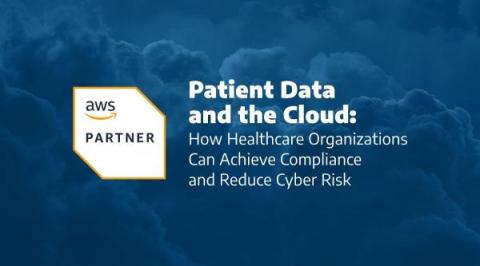How Your Healthcare Organization Can Achieve Cloud Cybersecurity and Compliance
Healthcare leaders are embracing cloud technologies to connect information across the continuum of care, engage more patients, and unlock the potential of health data. While the cloud streamlines healthcare operations, it also presents challenges for organizations that must meet the stringent data security requirements of HIPAA and other security standards.


















